Dear Friends.
Sun, mar 14 at 9 AM PDT.
Interested.

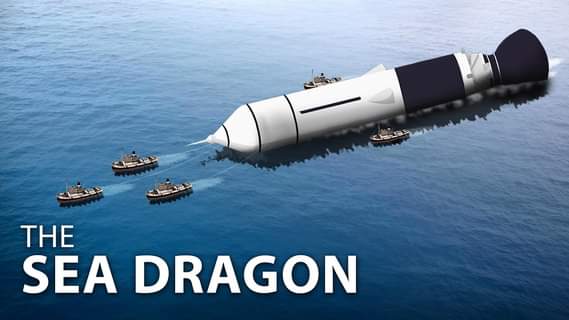
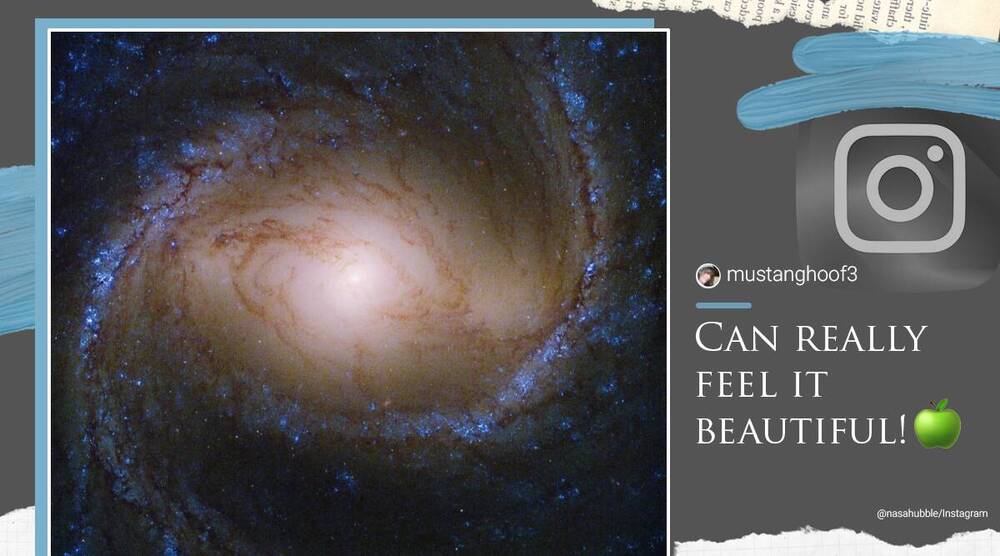
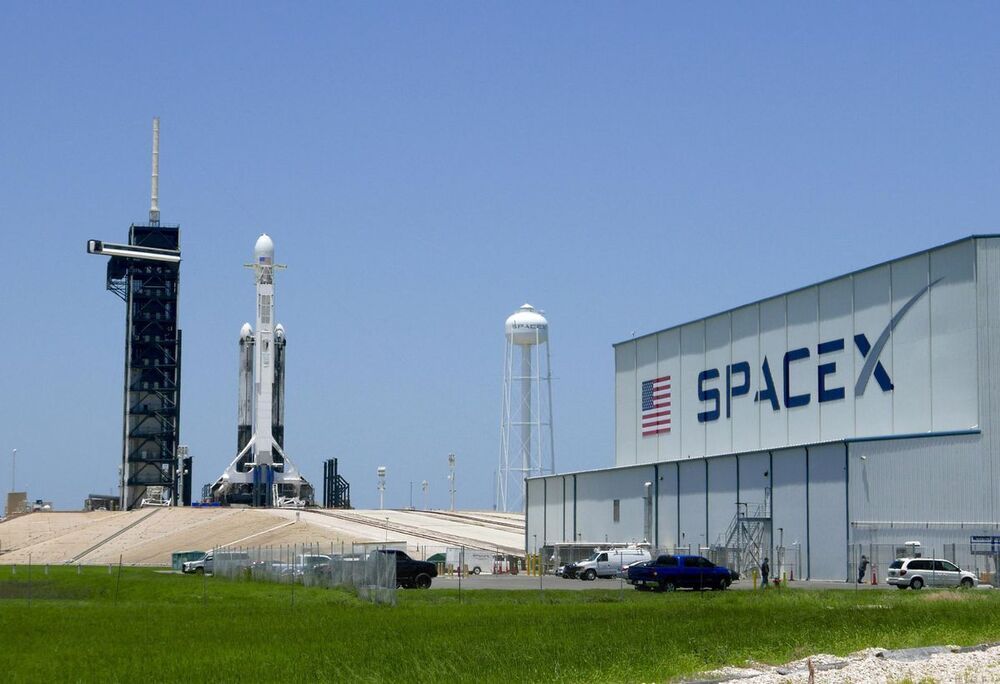
Half a century after the last astronauts left the Moon, the idea of sending crews to Mars still seems like some sort of vague space policy notion. After all, crews have yet to revisit the Moon. So, even today, talk of getting astronauts to Mars seems largely confined to PowerPoint presentations.
Thus, it was precisely that sense of inexactitude that prompted a young South African-born entrepreneur named Elon Musk to begin his quest to make the dream of boots on Mars a reality.
It’s a notion that is chronicled with alacrity in Eric Berger’s page-turning new book “Liftoff: Elon Musk and the Desperate Early Days that Launched SpaceX.” Berger, senior space editor at Ars Technica, writes with the kind of hard-won insider authority that only comes through covering the nuts and bolts of the commercial space industry for the past twenty years.
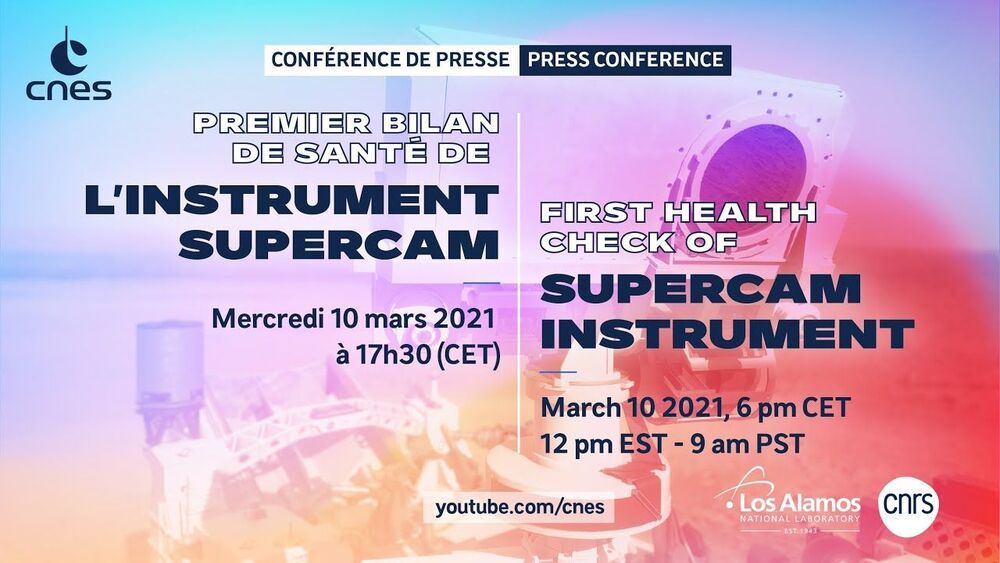
The sounds of 30 impacts are heard, some slightly louder than others, said NASA in its press release. SuperCam, equipped with a microphone, is using the laser to interrogate the composition of rock on the red planet. The variations in the zapping sound picked up the equipment would help the scientists in understanding the physical structure of the rocks and is a key component in probing the signs of ancient life.
“Variation in the intensity of the zapping sounds will provide information on the physical structure of the targets, such as its relative hardness or the presence of weathering coatings,” said NASA.
“If we tap on a surface that is hard, we will not hear the same sound as when we fire on a surface that is soft,” explained Naomi Murdoch, from the National Higher French Institute of Aeronautics and Space, in Toulouse. “Take for example chalk and marble. These two materials have an identical chemical composition (calcium carbonate), but very different physical properties.”

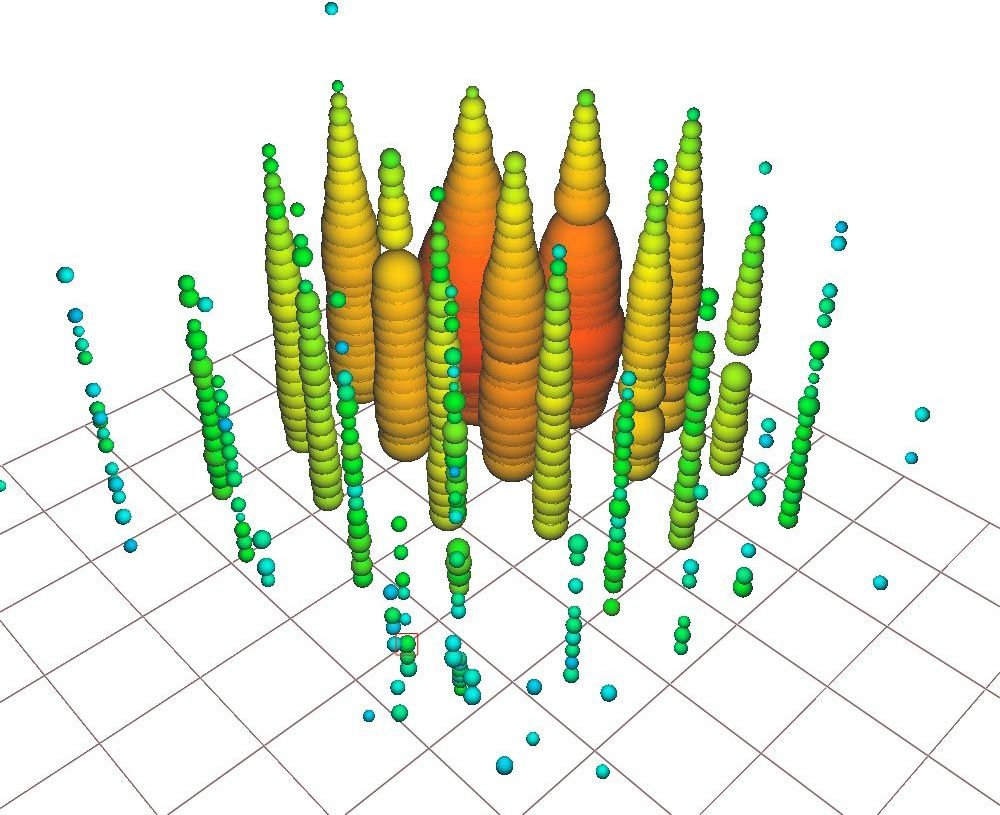
The South Pole neutrino detector saw a Glashow resonance event, a phenomenon predicted by Nobel laureate physicist Sheldon Glashow in 1960 where an electron antineutrino and an electron interact to produce a W-boson.
On December 62016, a high-energy particle called an electron antineutrino hurtled to Earth from outer space at close to the speed of light carrying 6.3 petaelectronvolts (PeV) of energy. Deep inside the ice sheet at the South Pole, it smashed into an electron and produced a particle that quickly decayed into a shower of secondary particles. The interaction was captured by a massive telescope buried in the Antarctic glacier, the IceCube Neutrino Observatory.
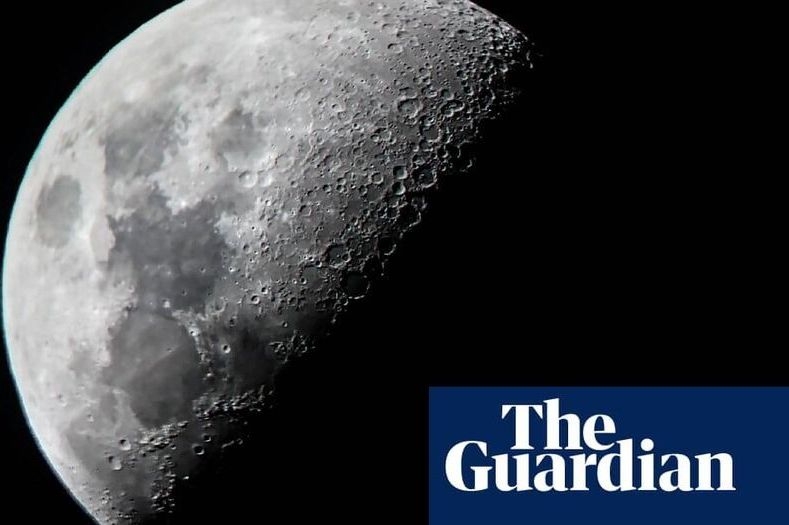
Russia and China have unveiled plans for a joint lunar space station, with the Russian space agency Roscosmos saying it has signed an agreement with China’s National Space Administration (CNSA) to develop a “complex of experimental research facilities created on the surface and/or in the orbit of the moon”.
The CNSA, for its part, said the project was “open to all interested countries and international partners” in what experts said would be China’s biggest international space cooperation project to date.
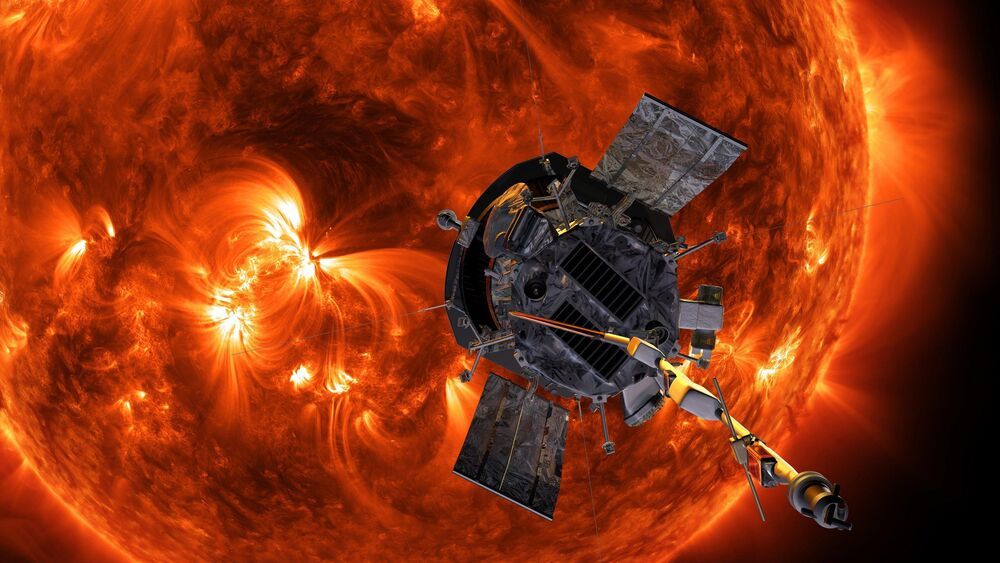
During Parker Solar Probe’s seventh swing by the Sun, culminating in its closest solar approach, or perihelion, on January 172021, celestial geometry posed a special opportunity. The configuration of this particular orbit placed Parker Solar Probe on the same side of the Sun as Earth — meaning that Earth-bound observatories could observe the Sun and its outpouring of solar wind from the same perspective as Parker’s. This comes on the heels of a similar observation campaign in the winter of 2020.
“Along with the global science community, the Parker Solar Probe team can’t wait to see this new data,” said Nour Raouafi, the Parker Solar Probe project scientist from the Johns Hopkins Applied Physics Laboratory in Laurel, Maryland. “Combining it with contributions from observatories around the globe will help us to put Parker observations in a broader context and build a complete picture of the phenomena observed in the solar atmosphere.”
Read on for snapshots from a few missions that observed the Sun and the solar system during Parker Solar Probe’s seventh solar encounter.
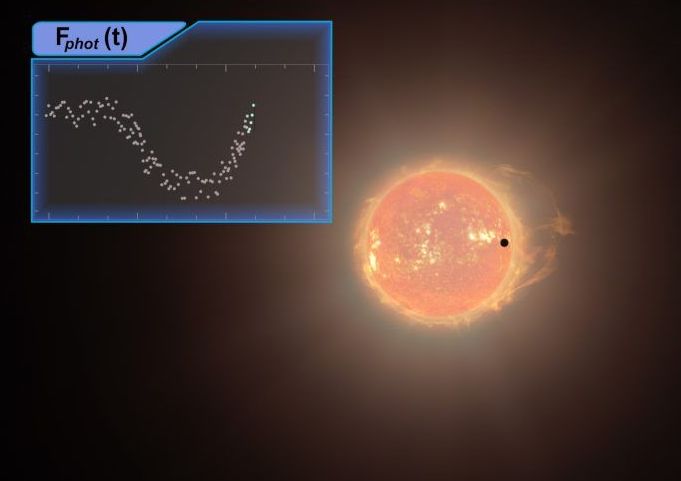
Different methods of searching for and finding distant exoplanets give different information about the planets found.
The transit method — where an exoplanets passed in front of its sun and dims the bright sunlight ever so slightly — gives astronomers not only a detection but also its radius or size.
The radial velocity method — where an exoplanet’s gravity causes its host star to “wobble” in a way that can be measured — provides different information about mass and orbit.